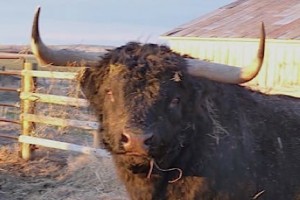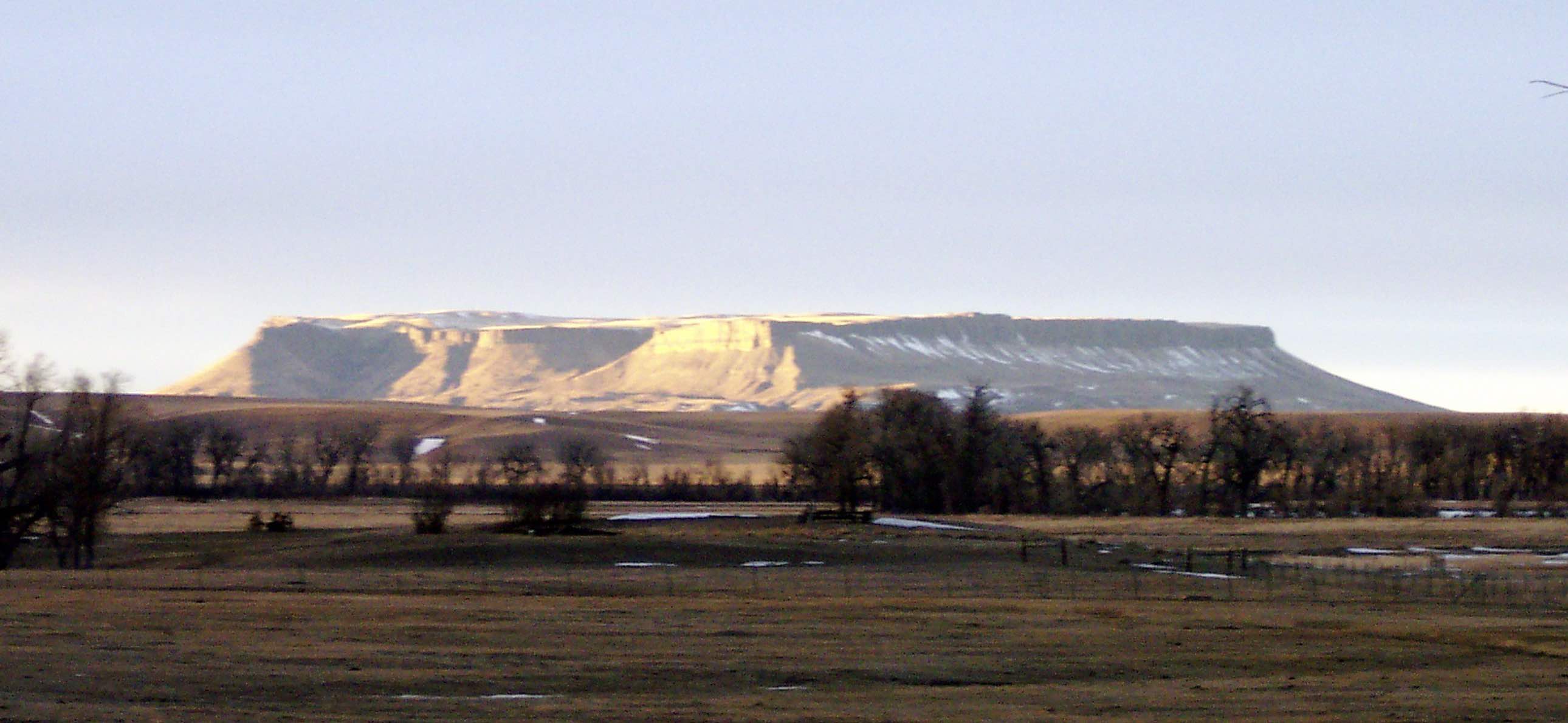
And what connection, you may ask, does our Highland herd bull have to artists diversifying their income?
Start with the fact that 80.6 million beef cattle exist in the U.S., of which 75% are Angus. These hornless cattle with black coats are considered the answer to efficient and affordable beef production, creating a situation known as a monoculture.
If our nation depends on only one breed of cattle for our beef, what happens if that breed develops a genetic weakness or is exposed to contagious disease? Although our Highland bull is one of a mere 10,000 head of Highland cattle in the U.S., the breed provides diversity of another gene pool and its genetic vigor.
Depending on only one breed of one species can be catastrophic not only to the species, but also to the economics of a nation. A 2001 outbreak of foot and mouth disease in Great Britain killed over 10 million cattle and sheep, costing the nation $4.7 billion. Smoke from the burning pyres of animal corpses filled the air, marking the lost hopes of British farmers.
In such a situation, income diversity insures the on-going financial security of a rural family. In agriculture, that diversity can come from having a variety of crops to harvest or animals to sell, or from adding other revenue streams, like marketing traditional art created by family members. If financial pressures cause a family to consider leaving their farm, an extra $10,000 from selling their art could help them stay on their land and in the community.
Developing diverse revenue streams also works for artists, whether emerging or established. We labor to express our views and perspectives while also struggling with the vagaries of the marketplace and worrying about financial stability. We may understand the need for a variety of revenue sources, but we also know that juggling too many income streams can impact our creative focus.
Finding the balance between diversification and specialization requires us to stretch our boundaries. A very few examples (of many) are:
- Sell in larger or more distant markets.
- Create bigger and more complex pieces.
- Create lower-prices pieces for different markets.
- Consider both commercial and nonprofit galleries.
- Participate in retail shows to connect to new markets.
- Teach a workshop about your medium.
- Write a proposal requesting grant support for a project.
- License a design you have created.
Many of us have been led to believe that selling our art cheapens the act of creation. Such a journey does not need to sully what we create. It can insure that we can remain active doing what we love.
[More information on diversifying art income and establishing a business in art is available in Artrepreneurship: Sustaining the Creative Life, E.L. Kittredge.]

Comments are closed, but trackbacks and pingbacks are open.